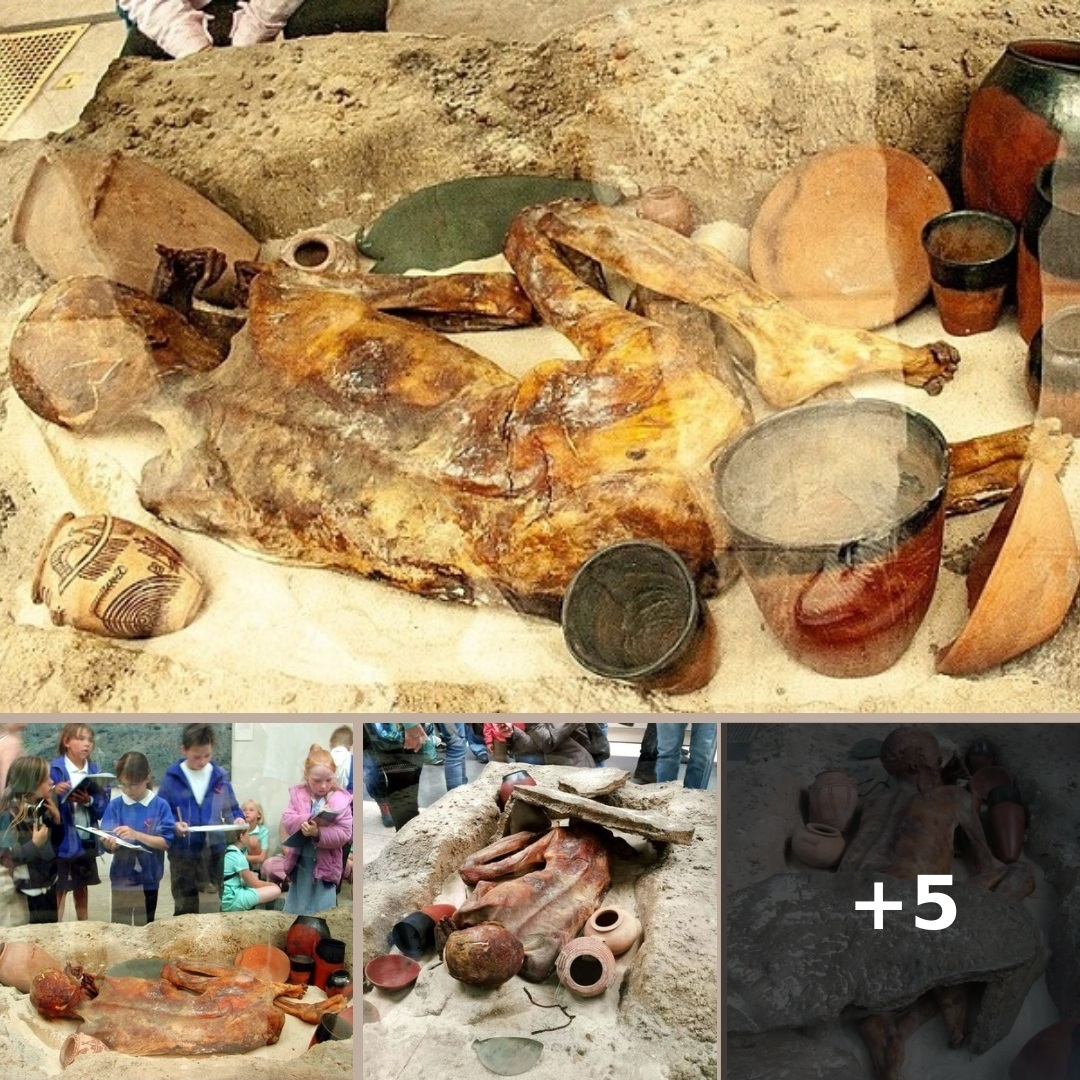For centuries, the allure of ancient Egypt has captivated historians, archaeologists, and enthusiasts alike. Among the myriad of discoveries, the unearthing of a 5,500-year-old man stands out as one of the most remarkable finds. This ancient mummy, preserved with extraordinary detail, provides a rare glimpse into the life and times of one of Egypt’s earliest civilizations. In this article, we will delve into the significance of this discovery, exploring the preservation techniques, historical context, and the insights it offers into ancient Egyptian life.
A Glimpse into the Past: Discovery and Significance
The discovery of this 5,500-year-old mummy, often referred to as the “Ginger” due to the red hair still visible on its head, dates back to the late 19th century. Found in a shallow grave in Gebelein, a region in Upper Egypt, this mummy is considered one of the oldest and best-preserved specimens from ancient Egypt. The exceptional state of preservation provides a unique opportunity to study early mummification practices and the lifestyle of prehistoric Egyptians.
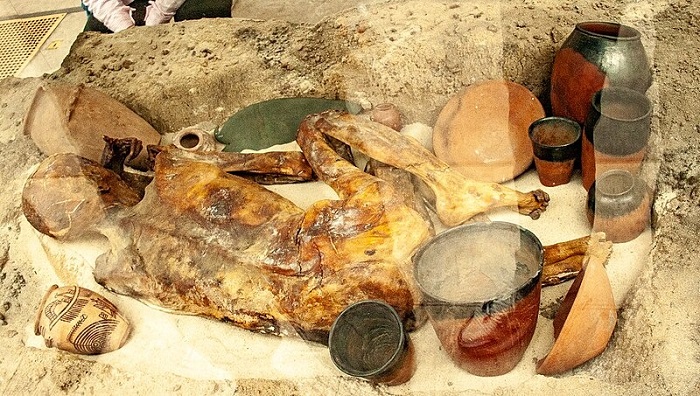
The Art of Preservation: Natural Mummification
Unlike the elaborate mummification processes developed in later dynasties, the preservation of the 5,500-year-old man was primarily a result of natural conditions. The hot, arid climate of Egypt, coupled with the shallow burial, allowed the body to desiccate rapidly, preventing decomposition. This natural mummification preserved not only the skin and hair but also internal structures, offering an unprecedented look at prehistoric human anatomy.
Historical Context: Life in Predynastic Egypt
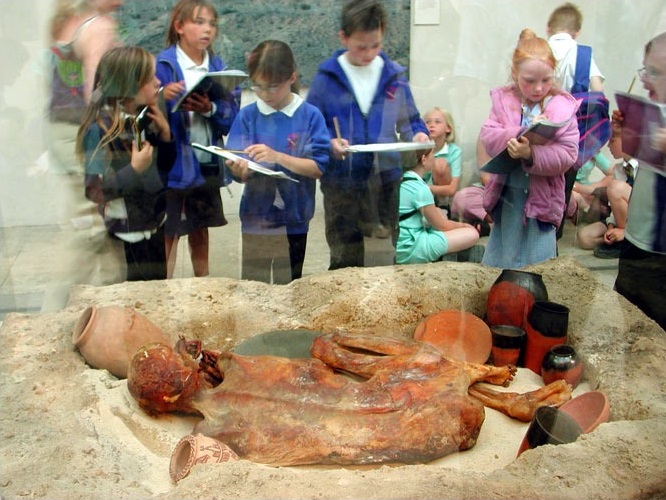
The period in which the 5,500-year-old man lived, known as the Predynastic era, predates the unification of Upper and Lower Egypt and the establishment of the Pharaonic dynasties. This era, spanning from approximately 6000 to 3150 BCE, was marked by significant cultural and technological advancements. The mummy provides valuable insights into the daily life, health, and diet of early Egyptians, shedding light on a period often overshadowed by the grandeur of later dynasties.
Insights from the Past: Health and Lifestyle
Examinations of the mummy reveal a wealth of information about the health and lifestyle of the individual. Analysis of the bones and teeth suggests that the man was likely in his twenties to thirties at the time of death. Evidence of wear on the teeth indicates a diet consisting largely of coarse grains and vegetables. Additionally, the presence of certain bone injuries and stress markers provides clues about the physical demands and activities prevalent during this period.
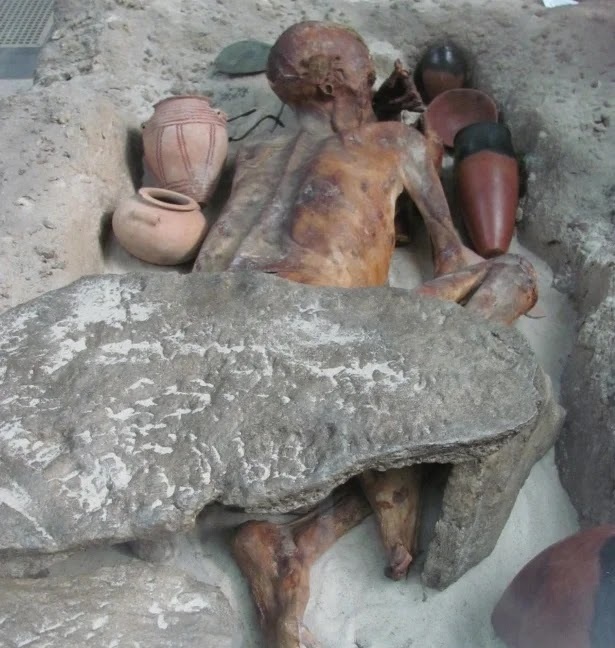
The Mysteries of Death: Cause and Burial Practices
While the exact cause of death remains uncertain, the examination of the mummy has revealed several potential factors. Trauma to the ribs and shoulder suggests the possibility of a violent encounter, while other theories propose disease or accidental injury. The burial practices observed, including the fetal position of the body and the inclusion of grave goods such as pottery and tools, reflect early Egyptian beliefs in the afterlife and the importance of preparing the deceased for the journey beyond.
The Legacy of Ginger: Impact on Egyptology
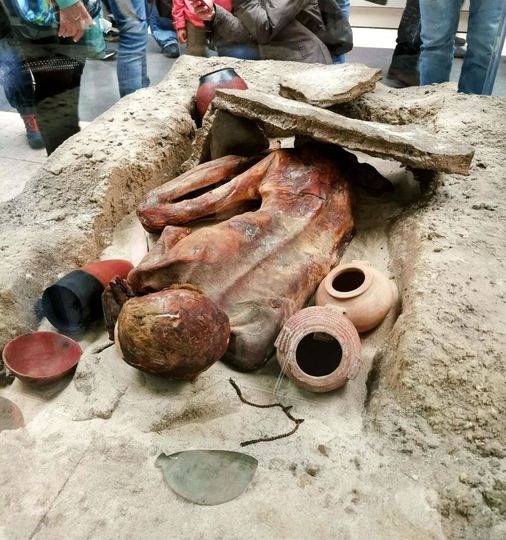
The discovery and study of the 5,500-year-old man have had a profound impact on the field of Egyptology. It has provided a tangible link to Egypt’s distant past, allowing researchers to piece together the puzzle of early Egyptian society. The insights gained from this mummy have informed our understanding of burial practices, health, and daily life, contributing to a more comprehensive picture of ancient Egypt’s development.
A Timeless Connection
The 5,500-year-old man, preserved through the sands of time, serves as a poignant reminder of our shared human heritage. His silent presence speaks volumes about the ingenuity, resilience, and beliefs of one of the world’s earliest civilizations. As we continue to study and learn from this ancient individual, we not only uncover the secrets of Egypt’s past but also forge a deeper connection to the timeless story of humanity.
